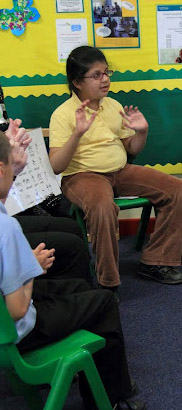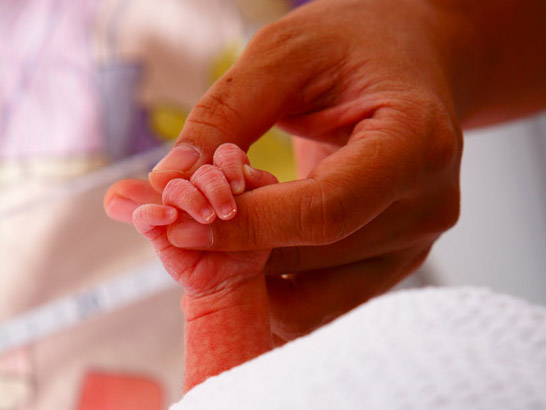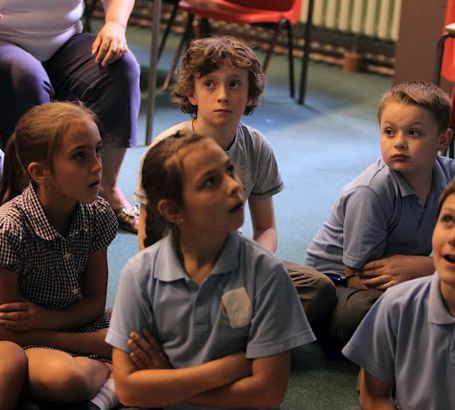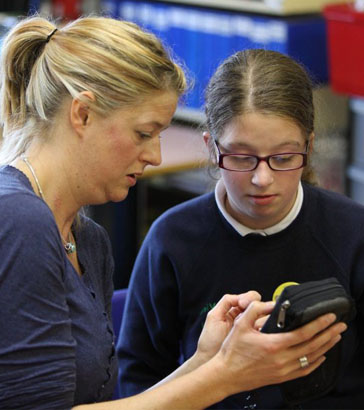
At all levels, communication occurs for two reasons:
- For social reasons, eg to comment on something, to share experience or for mutual pleasure.
- For functional reasons, eg to obtain something or to have needs met, to solve a problem, negotiate or refuse something.
It is important that opportunities are provided for all children to experience and engage in situations that will promote both types of communication.

- List ten or more reasons adults communicate, eg to find something out, to request, etc.
- Compare your list to the functions of language listed in the document below.
- How many of those reasons would you expect a typically developing six-year-old to use?
- Now think of a six-year-old with SLD/PMLD/CLDD? Would they communicate in the same way?

Read this account by a mother of the first year with her daughter, Samphire, who has Down’s Syndrome. Notice in particular the effect of having a baby with Down’s Syndrome on Samphire's mother's social life.

For many reasons, the life experiences of children with SLD/PMLD/CLDD may be more limited than other children, eg parents may find it more difficult to take them out into the community. So, as well as maximising opportunities for children to engage in functional communication to have a physical need met, schools should also provide opportunities for social communication, eg by arranging an outing or bringing members of the community into school.
Watch this clip in which girls with speech, language and communication difficulties (SLCD) take part in a social communication session.
Note the skills of the teacher in enabling the session to feel like a 'chat'.

Review communication practice in your school.
What opportunities do children with complex needs have to communicate for:
- Functional reasons.
- Social reasons.
How could you increase opportunities for these children to communicate functionally and socially?
Make an action plan and discuss with colleagues how it might be implemented.
Evaluate the changes you make in terms of improvements in opportunities for
communication.
